A well-built website is a crucial marketing tool for architecture, engineering, and construction companies. Prospective customers will look at it as they consider working with you. Potential new hires will check it out when deciding whether to apply at your company. Just having a well-designed website isn’t enough, there are a few items you absolutely need to include.
If you’re getting ready to build a new site, or if you’re auditing your current site for opportunities, this article will help confirm you are hitting on all the key points. Specifically, we are going to cover 10 items that should be present on every AEC business website. Let’s get started!
#1 – Contact Information
Let’s go ahead and get the big one out of the way right from the start. Your website needs to include all your contact information, and that information should be easy to find on every page of the site. If the whole point of the site is to earn new business and make connections, you must make it simple for site visitors to get in touch with you and your team. Be sure to provide at least two different types of contact information for your business. A phone number is an obvious inclusion, but also have an email address or a contact form available. Remember, your website is live online 24-hours a day, and someone may find your page in the middle of the night. They aren’t going to call at that time, but they may send an email or fill out your form.
#2 – A Strong About Page
You already know that your website needs an about page, but you might be tempted to just toss up two or three paragraphs of text content and call it a day. Don’t fall into that trap. For a business in the AEC industry that’s trying to stand out from the competition, having a strong about page with all the necessary information is an essential element. On this page, you’ll want to get into the details of the company’s origin story, your key services, the experience your teams bring to projects, and how long you’ve been in the industry. Add pictures of your corporate headquarters and your team at work. If you have a corporate promo video, this is a good page to feature it. Remember, while this page is somewhat biographical, it is also a sales page. Be sure everything on this page is going to encourage visitors to want to reach out and learn more.
#3 – Extensive Imagery
It’s a mistake to trust website visitors to read every word that is written on your pages. Some visitors will read carefully, but many others will just be skimming the content and looking at the pictures. So, to serve that segment of the market, include quality images of past work you’ve completed. High-resolution images of impressive projects will go a long way toward impressing prospects and convincing them that you are right for the job.
#4 – Testimonials
This point goes right along with images, and you might even use your images in tandem with glowing testimonials from past clients. Reach out to clients from some of your best projects and ask them to provide a quick quote about the work you did. If you’ve done a great job for these clients, most will be happy to offer something that you can add to your site as marketing material.
#5 – Individual Service Pages
Every service you offer should have its own page. Lumping all your services onto a single page can be confusing for the visitor and may harm your search engine optimization efforts. Take the time to develop a unique page for each service, and you can create links between those pages when the services are often paired together. Be sure to be clear about the types of projects you take on and don’t forget to feature relevant testimonials and success stories on your services pages.
#6 – Frequently Asked Questions
If you have been in business long enough, you already know what questions are likely to come up when a potential new client contacts you about a project. Take the initiative and create an FAQ page to address these questions. This approach has two benefits. First, you will be doing a favor to your visitors, as they won’t have to wait around for you to reply to common questions. Also, you’ll save time on your end, as you won’t be left to answer the same questions over and over. Often, your sales team can be a great source of ideas for specific items you should include in your FAQ.
#7 – Social Links
You are likely using social media to promote your business in some form. If that is true, make sure links to your social media profiles are easy to access on your website. This is an easy, passive way to grow your social media reach, and it might help you capture leads that don’t convert right away. If a visitor lands on your site, they might follow one of your social accounts, even if they don’t decide to reach out to start a project. This way, you at least have formed a connection, and they might decide that your services are needed in the future.
#8 – Projects & Case Studies
Prospective clients are going to want to know what kinds of projects you’ve completed that are similar to theirs. Having a projects/case studies page on your website allows you to showcase the jobs you’ve completed. Often this page is used frequently by your sales teams – they can send this page to prospects to show relevant experience. Make sure to include the important info for each project listing, for example, the year completed, industry, budget (if applicable), and the end positive result for the customer.
#9 – Connect with Potential Employees
Companies in the AEC space are often looking for new talent, so carve out a spot on your site to talk about career opportunities. Even if you don’t always have a position available, create the page and update it regularly as employees come and go from your organization. If you attend industry events or visit tradeshows, this is a great place to put pictures and videos of your team enjoying themselves and being active in the industry. Often, you’ll want to include a section or even a dedicated page about the company culture – show potential applicants that you know how you take care of your employees. If you offer any sort of unique or interesting company benefits, like money for continuing education, ESOP, or even “milestone” benefits for employees (for example, some AEC firms give their employees a luxury watch after 5 or 10 years), make sure to feature those differentiators.
#10 – Add a Blog
This last point on our list requires some commitment, as you’ll need to regularly update a blog for it to be effective. However, adding a blog to your site delivers several potential benefits, including SEO advantages and the ability to keep your site’s content fresh. Even updating once per month can make this a useful part of your online marketing efforts. On your blog, you can showcase featured projects, provide recognition for employees who go above and beyond, make industry predictions, highlight company awards, announce new services, feature interviews with employees, and the list goes on. These posts are also high-engagement content that you can post to your social media profiles.
How Can We Help?
If you would like help crafting an online marketing strategy or building a new website for your AEC company, reach out today for more information. We understand this niche and what it takes to find new leads, and we’ll be happy to put our experience to work for you. Thanks for stopping by!


Leave a Reply
You must be logged in to post a comment.